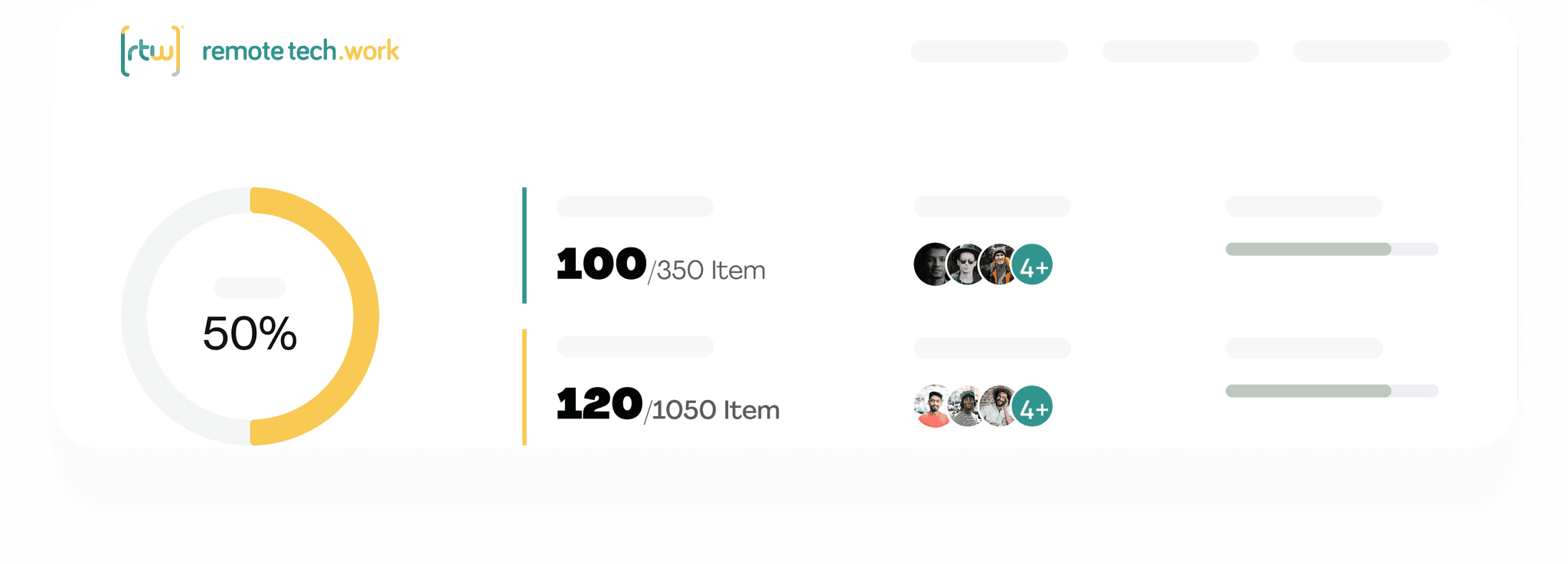DESCRIPTION
DESCRIPTION
DESCRIPTION
Terraform is an open-source infrastructure as code (IaC) tool created by HashiCorp that enables developers and operations teams to provision, manage, and automate cloud infrastructure and other resources in a declarative and consistent manner. Terraform uses a domain-specific language (HCL-HashiCorp Configuration Language) to define the desired state of the infrastructure. Users describe the resources they need and their configurations in Terraform configuration files, and Terraform takes care of the provisioning, updating, and maintenance of those resources. It supports a wide range of cloud providers, including AWS, Azure, Google Cloud, and many others, making it a versatile tool for infrastructure management.
One of Terraform's key advantages is its ability to create infrastructure as code, allowing organizations to treat infrastructure in the same way they treat application code. This approach brings several benefits, including version control for infrastructure, collaboration among teams, repeatability, and the ability to manage complex, multi-cloud or hybrid cloud environments. Terraform's "plan and apply" workflow allows users to preview changes to the infrastructure before actually making modifications, ensuring that any changes are safe and predictable. With its extensive ecosystem of providers and modules, Terraform is widely adopted by both small and large organizations for efficiently managing infrastructure, improving scalability, and reducing the risk of configuration errors.
Terraform is an open-source infrastructure as code (IaC) tool created by HashiCorp that enables developers and operations teams to provision, manage, and automate cloud infrastructure and other resources in a declarative and consistent manner. Terraform uses a domain-specific language (HCL-HashiCorp Configuration Language) to define the desired state of the infrastructure. Users describe the resources they need and their configurations in Terraform configuration files, and Terraform takes care of the provisioning, updating, and maintenance of those resources. It supports a wide range of cloud providers, including AWS, Azure, Google Cloud, and many others, making it a versatile tool for infrastructure management.
One of Terraform's key advantages is its ability to create infrastructure as code, allowing organizations to treat infrastructure in the same way they treat application code. This approach brings several benefits, including version control for infrastructure, collaboration among teams, repeatability, and the ability to manage complex, multi-cloud or hybrid cloud environments. Terraform's "plan and apply" workflow allows users to preview changes to the infrastructure before actually making modifications, ensuring that any changes are safe and predictable. With its extensive ecosystem of providers and modules, Terraform is widely adopted by both small and large organizations for efficiently managing infrastructure, improving scalability, and reducing the risk of configuration errors.
Recommended Skills
Recommended Skills
Recommended Skills
A Terraform developer, often referred to as an Infrastructure as Code (IaC) developer, should possess a combination of technical and operational skills to effectively create, manage, and automate infrastructure using Terraform. Here's a list of key skills and knowledge areas for a Terraform developer:
Terraform proficiency: A strong understanding of Terraform, including its syntax, configuration files, and the HashiCorp Configuration Language (HCL) for defining infrastructure.
Cloud providers: Knowledge of the specific cloud providers (e.g., AWS, Azure, Google Cloud) that are relevant to the organization's infrastructure and how to interact with them using Terraform.
Infrastructure architecture: Understanding of infrastructure components, including virtual machines, networks, storage, and containers, and the ability to design and configure them in Terraform.
IaC best practices: Familiarity with best practices for writing clean, modular, and maintainable Terraform code, including the use of modules, variables, and outputs.
Version control: Proficiency in using version control systems like Git for managing Terraform code, collaborating with team members, and tracking changes.
Terraform modules: Ability to create and use reusable Terraform modules to simplify infrastructure provisioning and management.
State management: Knowledge of Terraform state files and best practices for remote state storage and locking to ensure the integrity of the infrastructure state.
Security and compliance: Awareness of security best practices for Terraform code and compliance requirements, including secrets management and access controls.
Automation and scripting: Proficiency in scripting and automation with Terraform, including using Terraform CLI and scripting languages like Python or Bash for automation.
A Terraform developer, often referred to as an Infrastructure as Code (IaC) developer, should possess a combination of technical and operational skills to effectively create, manage, and automate infrastructure using Terraform. Here's a list of key skills and knowledge areas for a Terraform developer:
Terraform proficiency: A strong understanding of Terraform, including its syntax, configuration files, and the HashiCorp Configuration Language (HCL) for defining infrastructure.
Cloud providers: Knowledge of the specific cloud providers (e.g., AWS, Azure, Google Cloud) that are relevant to the organization's infrastructure and how to interact with them using Terraform.
Infrastructure architecture: Understanding of infrastructure components, including virtual machines, networks, storage, and containers, and the ability to design and configure them in Terraform.
IaC best practices: Familiarity with best practices for writing clean, modular, and maintainable Terraform code, including the use of modules, variables, and outputs.
Version control: Proficiency in using version control systems like Git for managing Terraform code, collaborating with team members, and tracking changes.
Terraform modules: Ability to create and use reusable Terraform modules to simplify infrastructure provisioning and management.
State management: Knowledge of Terraform state files and best practices for remote state storage and locking to ensure the integrity of the infrastructure state.
Security and compliance: Awareness of security best practices for Terraform code and compliance requirements, including secrets management and access controls.
Automation and scripting: Proficiency in scripting and automation with Terraform, including using Terraform CLI and scripting languages like Python or Bash for automation.
Our Talent Acquisition Process
Our Talent Acquisition Process
Our Talent Acquisition Process
We will walk you through our process during the days/weeks according to your agenda availability. Feedback will be present whether we move forward or not with your application. There are, in general, a challenge (60’ average each), two calls (45’ average each), and a Tech Interview for you to reach the final Offer Call.
We will walk you through our process during the days/weeks according to your agenda availability. Feedback will be present whether we move forward or not with your application. There are, in general, a challenge (60’ average each), two calls (45’ average each), and a Tech Interview for you to reach the final Offer Call.






HOW TO
GET STARTED
Sign up for our developer platform to begin working remotely
DEVELOPMENT
SOFTWARE
Remote Tech Work Ltd is a company registered in England and Wales (No.16127490).
Our address is Orion House Office 774, Bessemer Road, Welwyn Garden City, AL7 1HH. 2025
Remote Tech Work. All right reserved.
DEVELOPMENT
SOFTWARE
Remote Tech Work Ltd is a company registered in England and Wales (No.16127490).
Our address is Orion House Office 774, Bessemer Road, Welwyn Garden City, AL7 1HH. 2025
Remote Tech Work. All right reserved.
DEVELOPMENT
SOFTWARE
Remote Tech Work Ltd is a company registered in England and Wales (No.16127490).
Our address is Orion House Office 774, Bessemer Road, Welwyn Garden City, AL7 1HH. 2025
Remote Tech Work. All right reserved.
DEVELOPMENT
SOFTWARE
Remote Tech Work Ltd is a company registered in England and Wales (No.16127490).
Our address is Orion House Office 774, Bessemer Road, Welwyn Garden City, AL7 1HH. 2025
Remote Tech Work. All right reserved.
DEVELOPMENT
SOFTWARE
Remote Tech Work Ltd is a company registered in England and Wales (No.16127490).
Our address is Orion House Office 774, Bessemer Road, Welwyn Garden City, AL7 1HH. 2025
Remote Tech Work. All right reserved.

